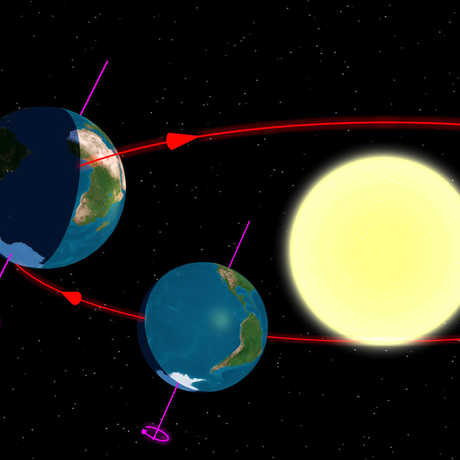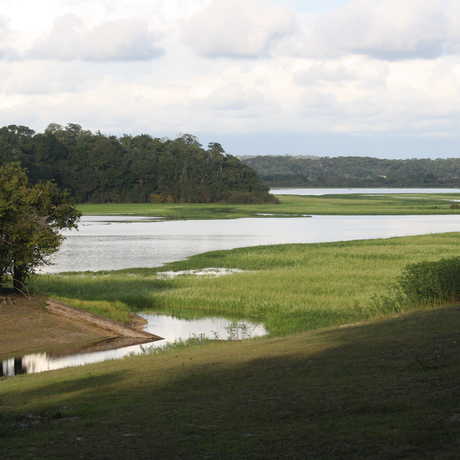Photosynthesis is an essential process in plants. Through this process, energy from light is converted into a form that can be used by the plant. The energy is stored in sugar molecules. Animals (including humans) are not able to make this conversion, so we depend on plants to provide energy in a form that our bodies can use.
Plants take in water through the roots and carbon dioxide (CO2) through the stomata. A pigment called chlorophyll, found in green parts of the plant such as leaves and green stems, captures energy from the sun. All three of these components—water, CO2, and light—are required in order for photosynthesis to occur. Oxygen is produced as a waste product.
Cellular respiration is also an essential process, and takes place in all living things. Through this process, large molecules, such as the sugar molecules produced by photosynthesis, are broken down so that the energy stored within them can be used by the organism. Oxygen is required in order for this to occur, and CO2 and water are produced as waste products.
Since both plants and animals do cellular respiration, they both need to take in oxygen from the air and release CO2 and water into the air. In plants, this occurs through the stomata. In land vertebrates (like humans) this happens through the lungs. (Other animals have other methods, like gills, tracheoles, etc.)
In this activity, students will act out both processes (photosynthesis and cellular respiration), providing a tangible illustration of what components are needed for each process, as well as what the waste products are.




